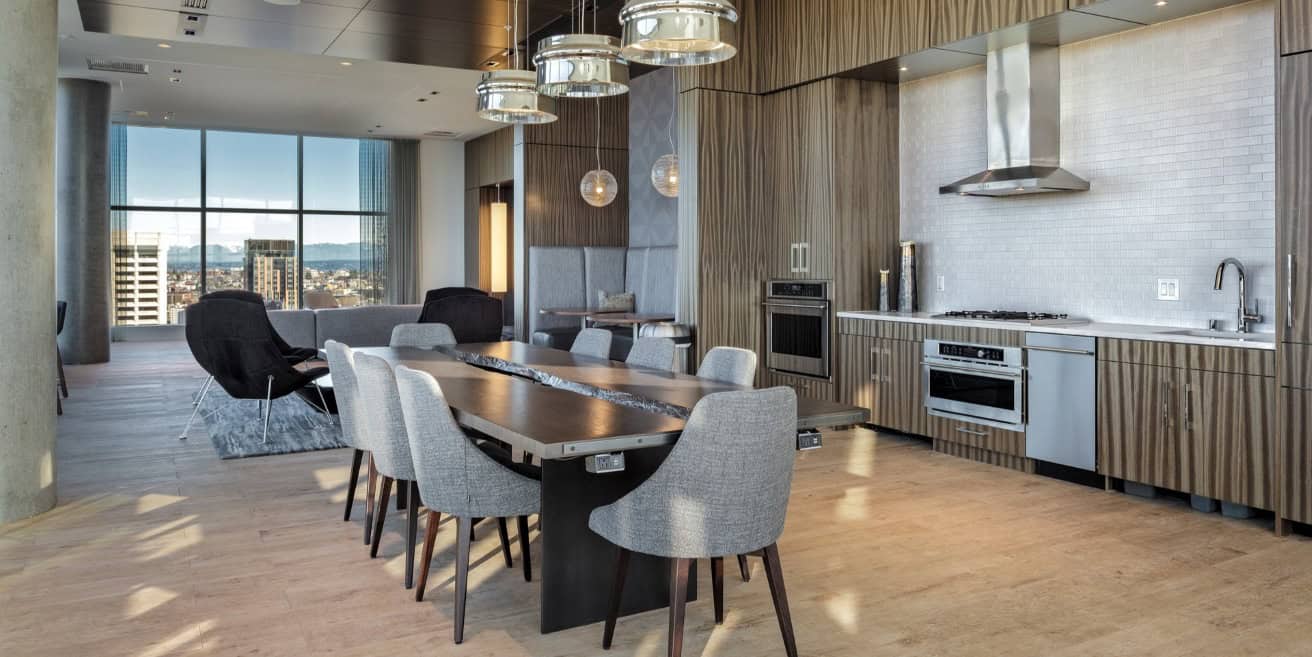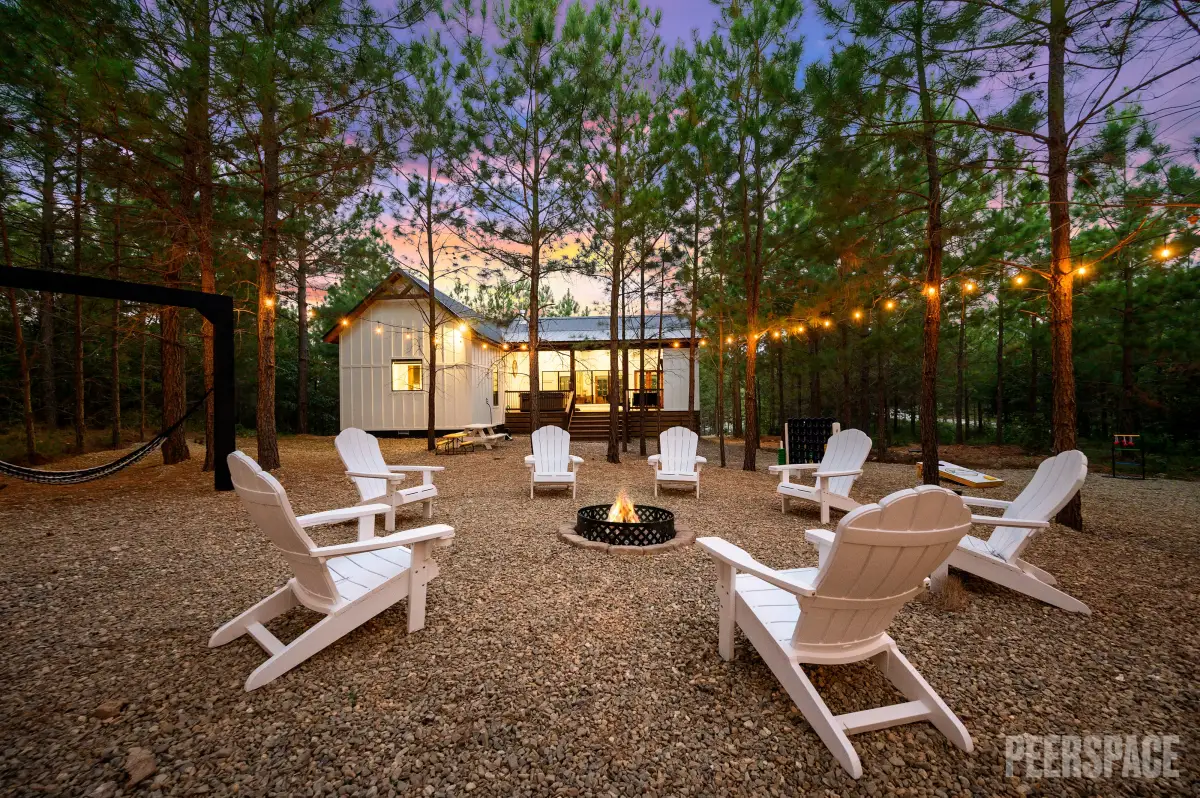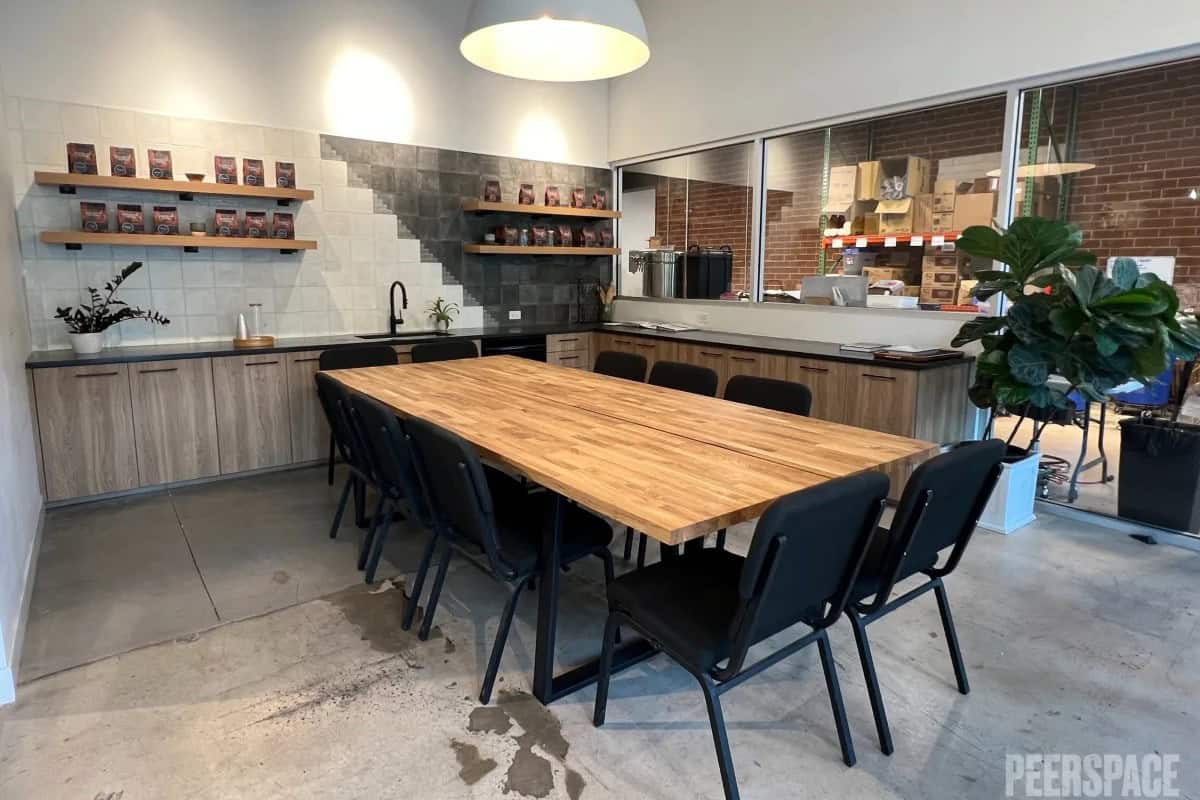The Ultimate Meeting Planning Checklist
- Date: October 5, 2022
- Topic: Meetings
- Contributors: Written by Nina Gunther-Segal
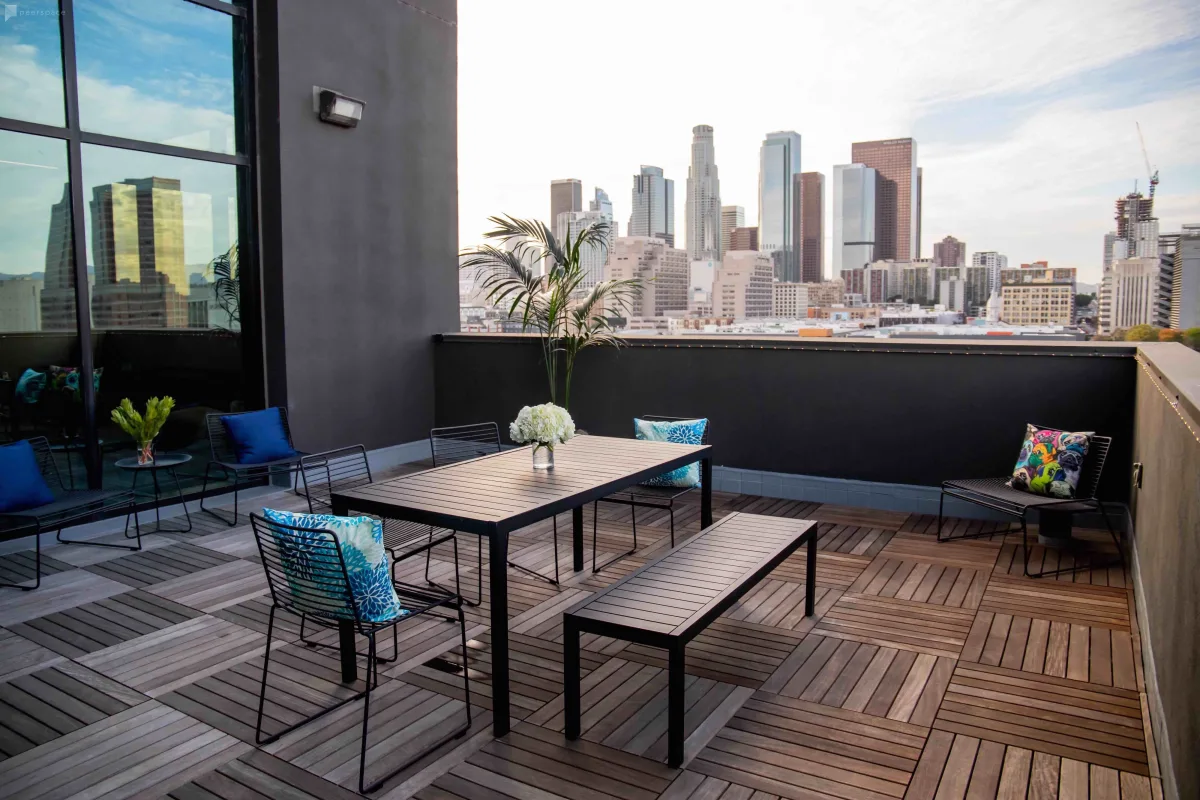
Source: Peerspace
Need a meeting planning checklist as you prepare for your next team meeting? At Peerspace, we understand! Planning an engaging, productive meeting is significantly harder than it may sound to the average person. A big part of the difficulty with this process is the simple fact that planners must juggle so many different logistical factors. (Contrary to popular belief, it’s not just choosing a great venue and inviting a group of people.) There are so many things, big and small, to remember.
That’s why it’s crucial to go about planning meetings in an extremely methodical and well-organized way. Luckily, we’ve provided you with a handy (and very thorough!) meeting planning checklist to make this whole thing a heck of a lot easier. Follow our guide to ensure that you don’t forget any crucial steps and make your meeting a success.
Here’s our overview of the meeting planning process.
1. Decide what the meeting is for
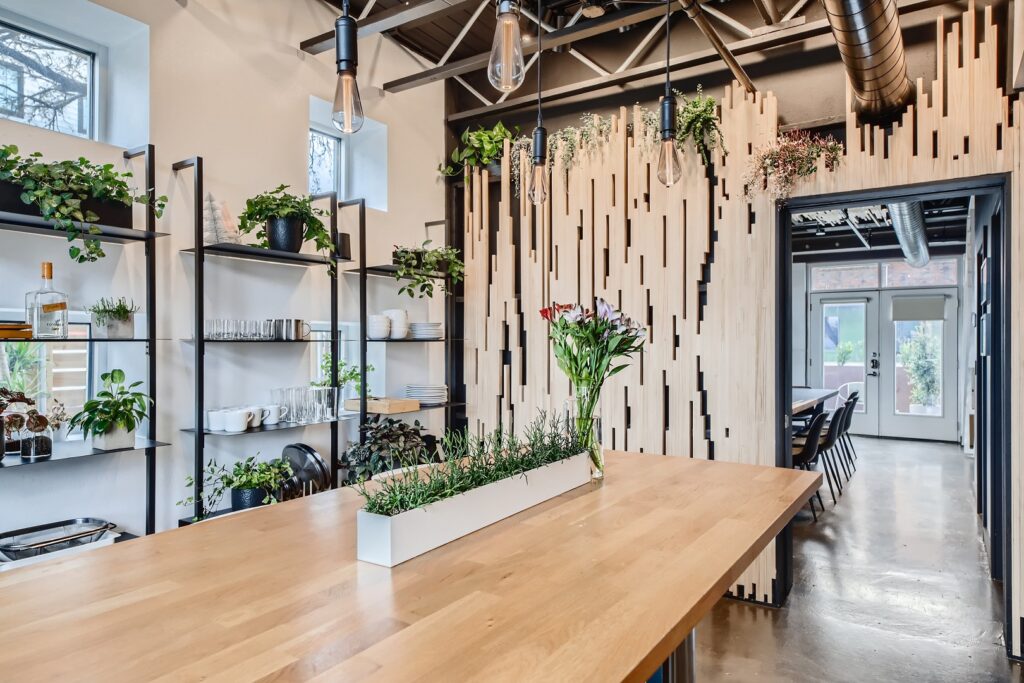
You may have a general idea of the topic of your meeting. However, the first step to planning a meeting that’s purposeful is ensuring that you have a clear focus. You want it to be specific and, preferably, action-oriented. You also don’t want to waste your attendees’ time.
Your meeting topic should be something that is most effectively addressed at an in-person meeting. And that means not something that could be just as successfully dealt with by email. If you aren’t able to identify a specific topic, now’s the time to question whether the meeting is truly a necessity.
After all, everyone is busy pretty much all the time, so your meeting will only involve true engagement by participants if it’s happening for a good reason!
Wondering what’s like an Airbnb for office space? We dive into that topic here!
2. Plan your meeting schedule
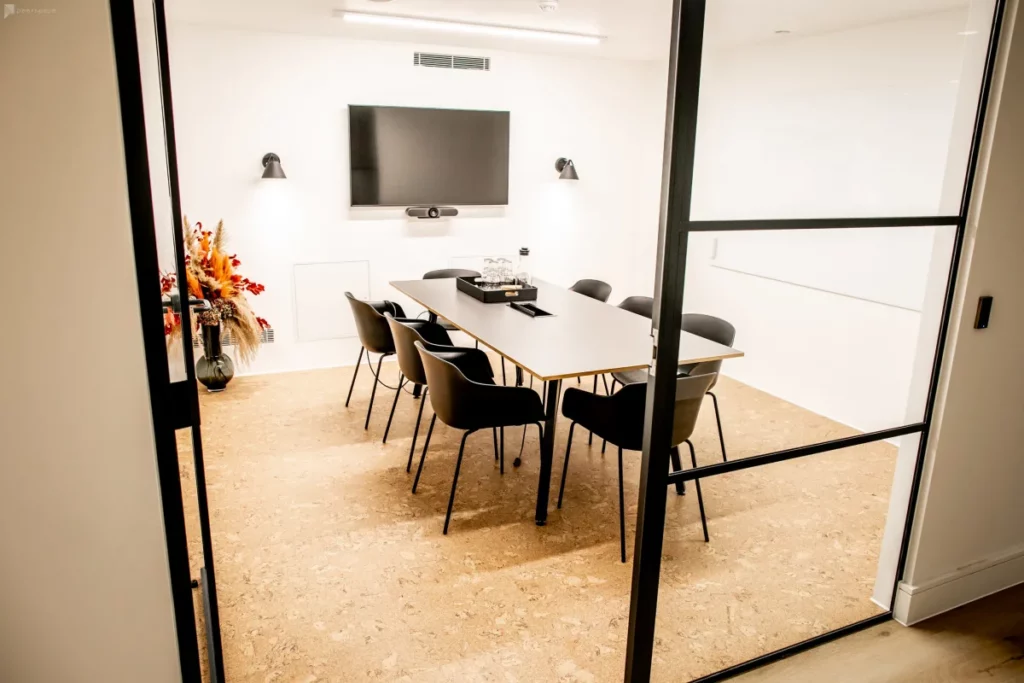
Now that you know what topic you’re focusing on, you can set an agenda for the meeting. In just about all cases, you’ll need to include an introductory segment amd a concluding dialogue. In between, figure out what you’ll be doing/discussing and roughly how long.
Our advice: whenever possible, err on the side of a shorter rather than longer meeting. Often meetings are longer than they need to be. Plus, at shorter meetings, participants can better concentrate on the issues at hand (and less tempted to zone out or read emails on their laptops).
3. Figure out who’s invited and — just as importantly — why
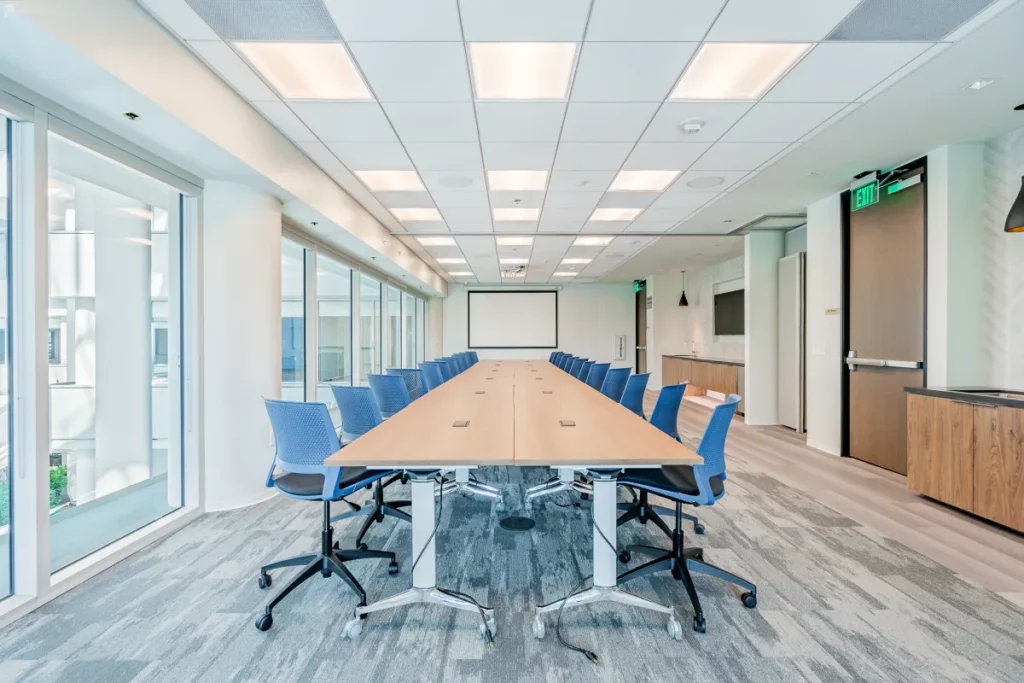
You’ve got a clear, focused topic and a general agenda. Now, next on the meeting planning checklist is answering: who will be in attendance? In addition, what will they be doing at the meeting?
This is a good point at which to figure out who will take on any key tasks/roles you think might help the flow of your gathering.
The most basic categories of roles include:
- The facilitator or leader
- The recorder
- The timekeeper
- And the participants
Deciding on roles while selecting invitees is a great way to ensure that everyone who’s coming really needs to be there. And it is important to make sure that you don’t invite people who don’t need to be there so that everyone’s time is used to its most valuable end.
Once you have your agenda and list of invitee roles, you can also identify how you’ll plan to make any important group decisions (for instance, will the group take a vote?)
4. Choose your meeting venue

For less important meetings, you can definitely opt for your standard office conference room. But if you’re especially invested in getting attendees engaged and energized, you should consider taking them out of their everyday environment.
After all, who doesn’t love to escape the office? Being in a new space can inspire new ideas and fresh creativity. And when you’re choosing an external venue, consider an alternative to the standard, sterile “meeting space” you might initially imagine.
Instead, check out Peerspace’s thousands of unique spaces in cities across the globe. With Peerspace, you can book everything from stately mansions and warehouse lofts to cozy cottages and hip art galleries.
Here are a few ideas to get you started:
- This ocean view Malibu paradise in Central Malibu (pictured above) with an ocean-facing meeting deck
- This historic mansion with a spacious yard in New Orleans’s South 7th Ward
- This modern industrial loft in Ballard, Seattle for large-scale meetings
- This open and beautifully lit art gallery in Chelsea, NYC with breakout space
- This luxury home with a private rooftop in Atlanta next to Piedmont Park
If you are incorporating a virtual video conference element, you can easily find spaces that have meeting-ready A/V equipment. Since all spaces are managed by local hosts, you can easily reach out to them with any questions and requests. In fact, they may just be able to help you obtain delicious catering, extra seating, and any other meeting extras to delight your colleagues.
5. Send out invitations and relevant materials
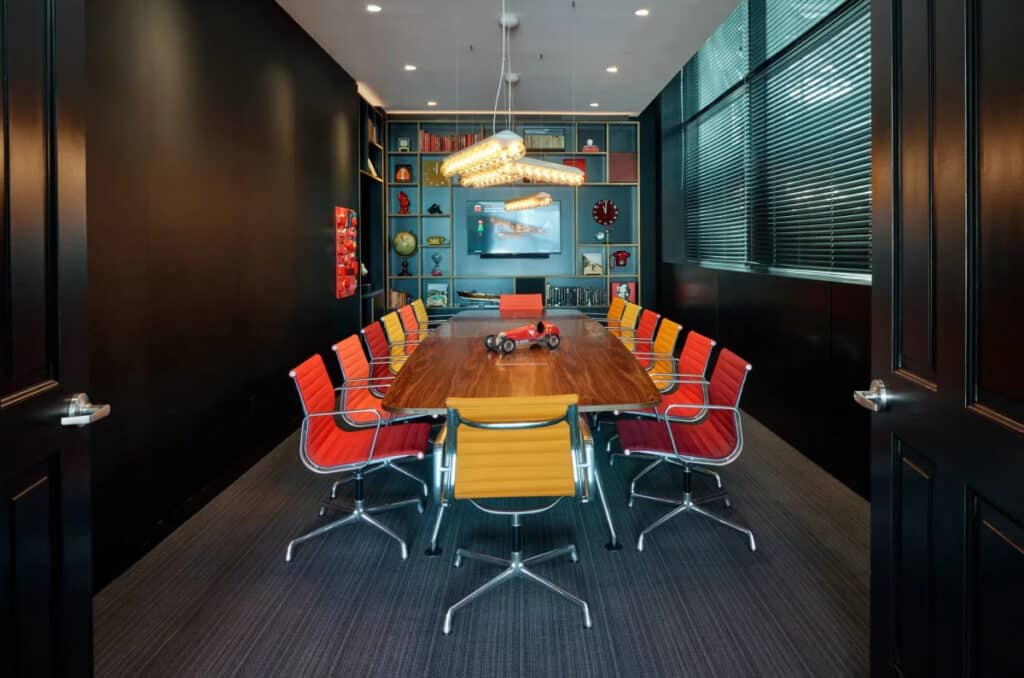
It’s time to send out your invites! Be sure to include a description of what the meeting will cover so that invitees can make informed decisions about whether they need to attend.
Within a few days of the meeting date, you should also send attendees any content you’d like them to view before they arrive. If you’re hoping for more of an open forum type of meeting, send a link to survey that asks them to share topics they wish to discuss.
6. Final preparations
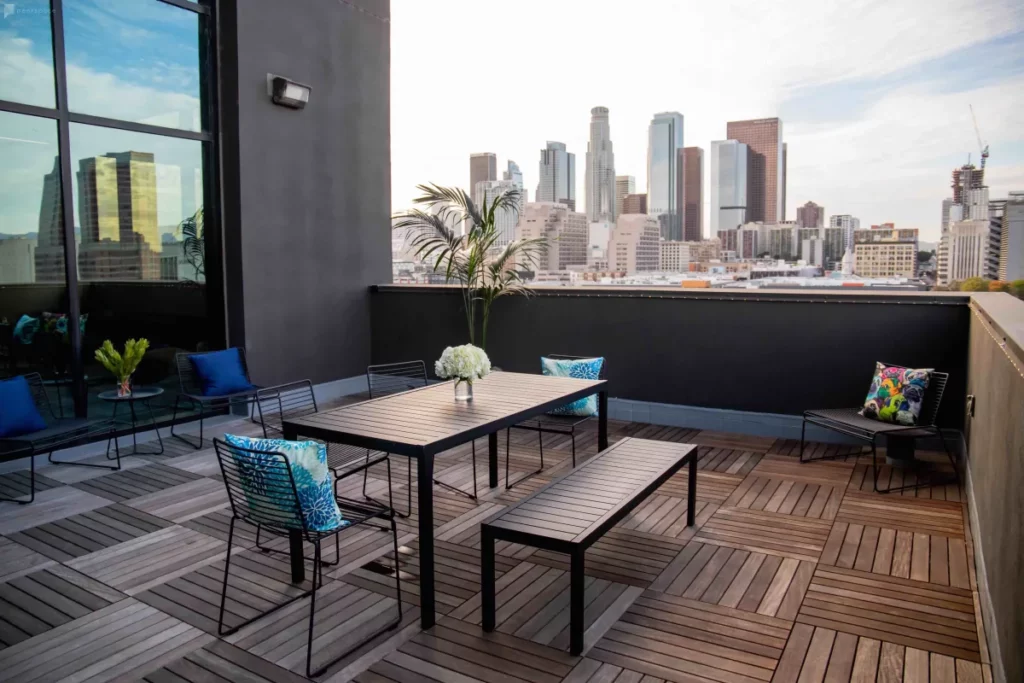
Make sure that any documents, applications, or equipment you’ll be using are in perfect working order. The last thing you want is to derail the focus of your meeting by spending, say, the first 20 minutes trying to get your crucial PowerPoint presentation to open.
Likewise, make sure things like projectors, webcams, etc. are functional. In addition, a day or two before the meeting, you can check in with anyone who hasn’t responded to your invitation and finalize your list of participants.
Learn how to throw your office’s best and most unique celebrations here!
7. Follow up after the meeting
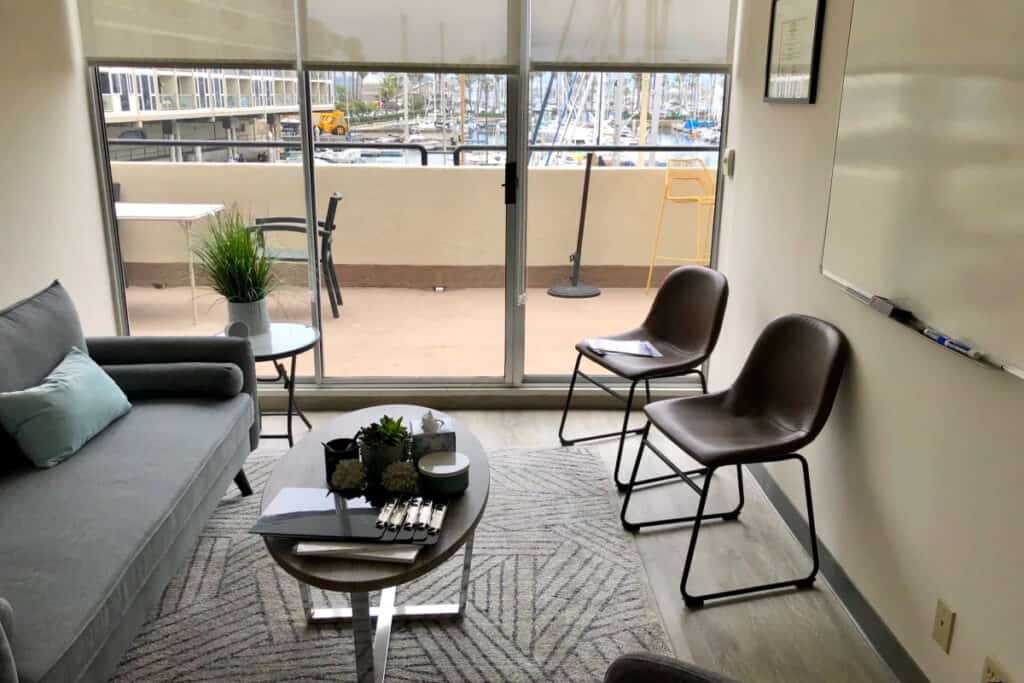
So you’ve successfully held your meeting! Your work may not be quite done yet, though.
Whenever possible, it’s a good idea to follow up with participants to ensure agreed-upon action items are put into practice. You can use notes from the assigned recorder to summarize key topics and group discussions. This is a great way to keep the momentum from your discussion moving everything forward.
Meeting planning checklist: conclusion
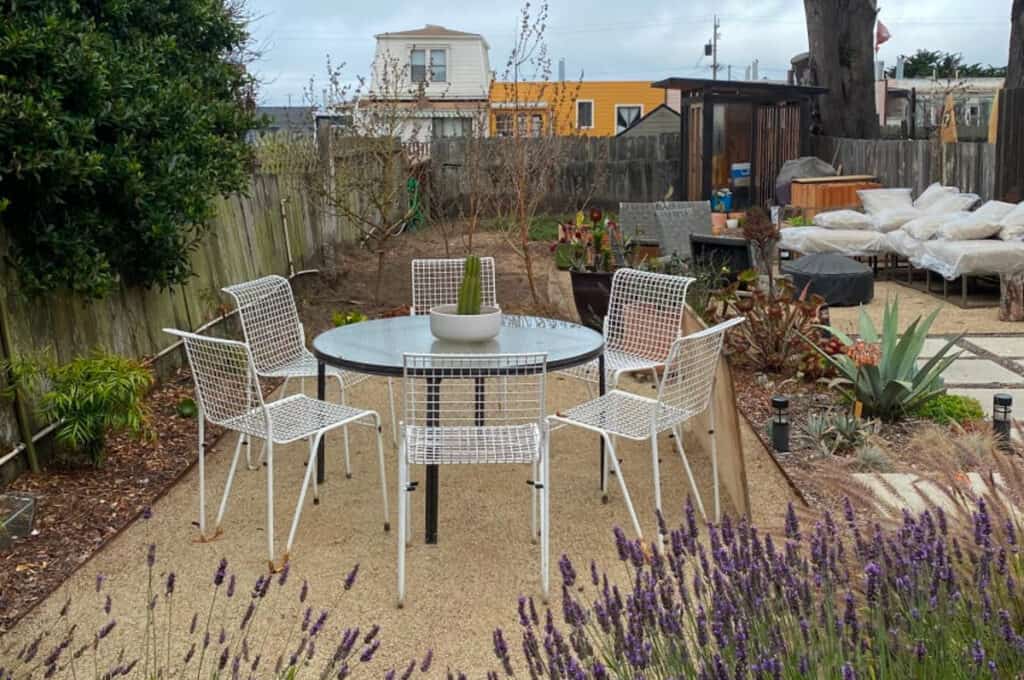
All meetings have their own unique set of goals and attendees, so you may also have other elements to consider. However, this basic “skeleton” of a plan should work for any standard meeting. You can easily adapt it to your needs, adding extra details or steps as you see fit.
Sure, beginning the process of planning a meeting with no roadmap can be fairly intimidating. But never fear. As with just about any big task, breaking it down into its chronologically-ordered component steps is an effective way to get it done. “Slow and steady wins the race” would definitely apply here.
Try using our meeting planning checklist to organize your time, and especially to save yourself the headache of trying to remember every last step!
And as for the perhaps challenging process of finding the ideal venue, Peerspace grants you access to thousands of easy-to-book listings. Browse our meeting-perfect spaces near you to discover your city’s best hidden gems.
Find a unique place for your meeting on Peerspace
Get together somewhere better
Book thousands of unique spaces directly from local hosts.
Explore SpacesShare your space and start earning
Join thousands of hosts renting their space for meetings, events, and photo shoots.
List Your Space
